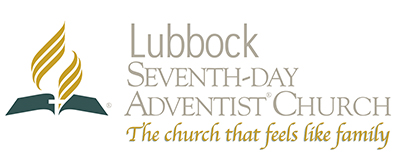Dr. Simmons and Miss Zimmermann have been long time fans of using AIMS(Activities in Math and Science) to teach science. There are four components to each science unit. These components are: real world, reading & writing, picturing/illustrating, and generalizing/hypothesizing.
Some science units are taught using the AIMS approach. An AIMS lesson will start with a key question. This question leads students directly into the unit of study. First, students do something with or to concrete objects. This is called the real world component. Students are encouraged to be involved such as: observing, touching, smelling, hearing or tasting.
During the second component the students take the real world learning and attach it to abstract words and numbers. Meaning is attached to these abstractions because of the real world involvement done in the first component.
In the third component, data is illustrated with student designed graphs, diagrams, drawings or a 3-D drawing of the object or the scientific demonstration. Lastly, students are asked to look back at the picturing or illustration and question; what did we find out? What does it mean? And how does this show up in the graph?
Perhaps the most important thing AIMS does is to help students construct and reinforce science concepts and relationships. If you would like to learn more about AIMS, please check out http://www.aimsedu.org/

Recent Comments